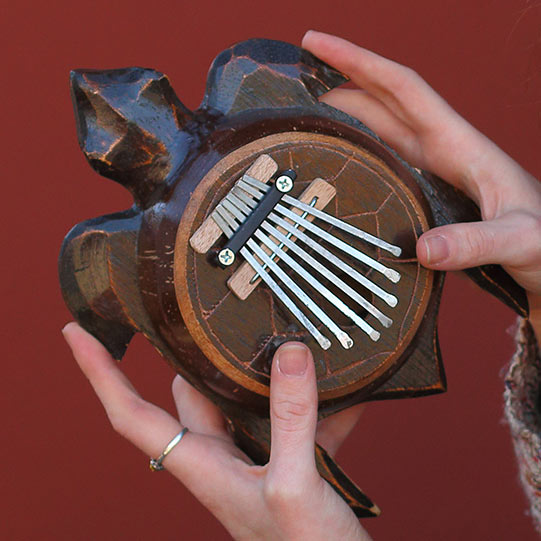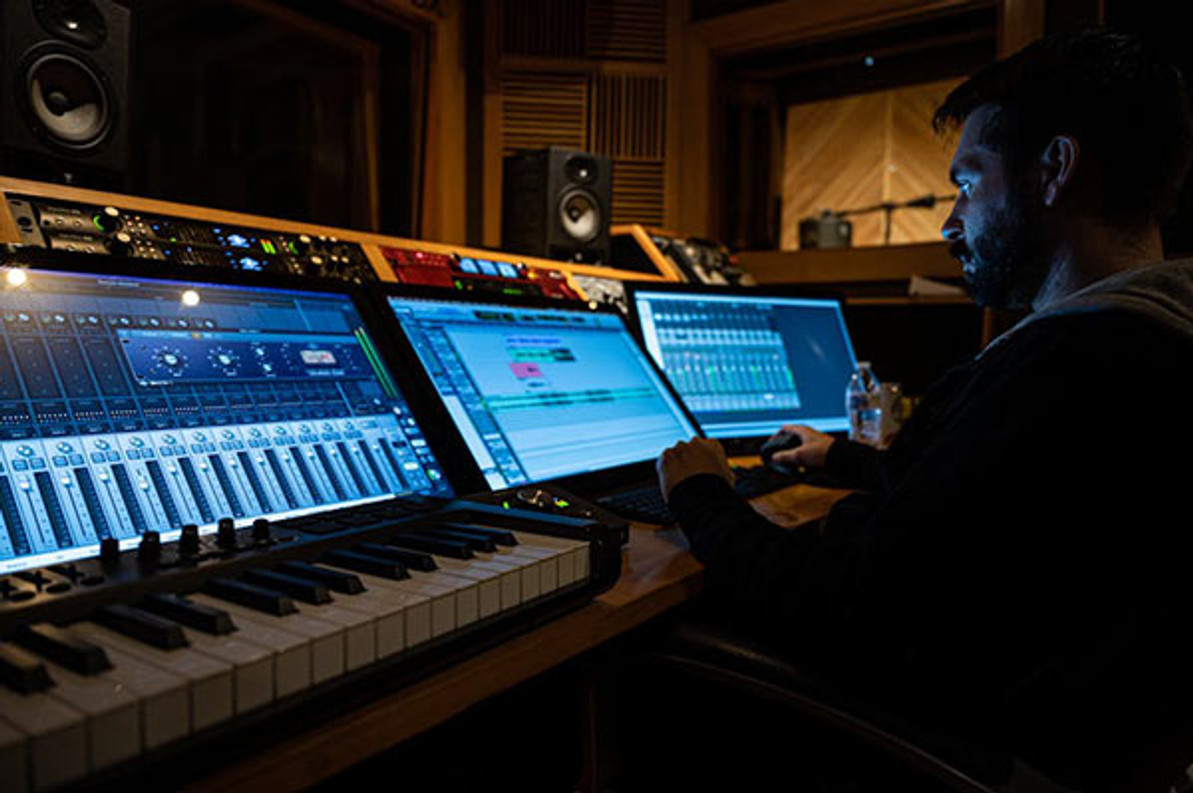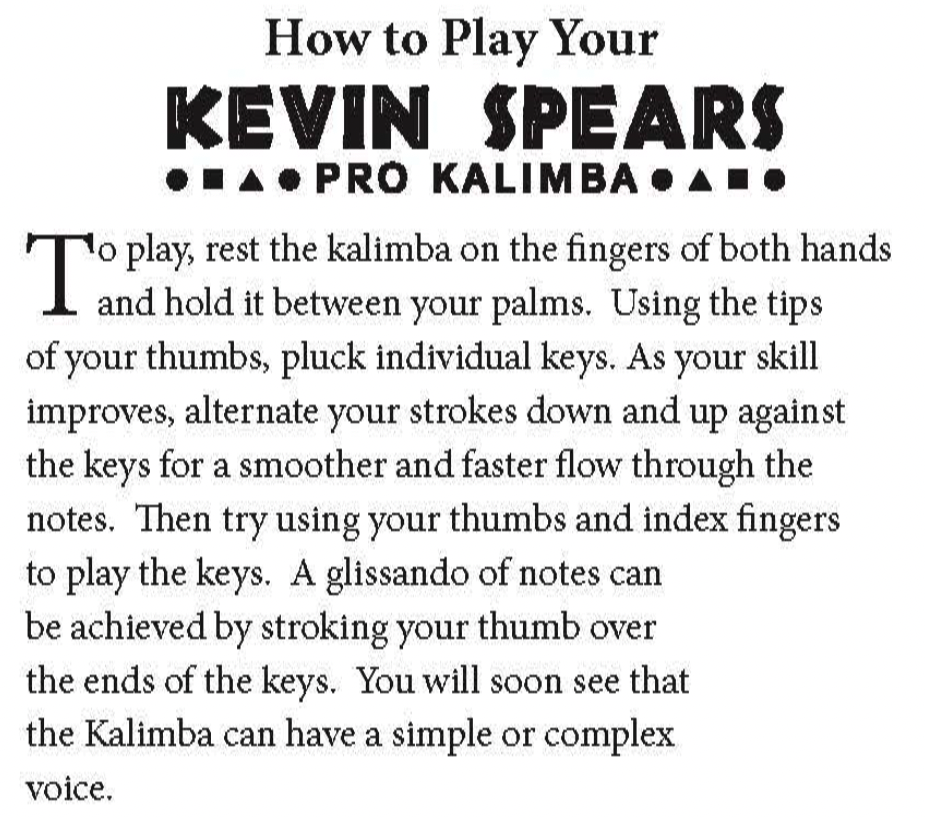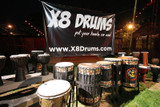Incorporating the Thumb Piano into Modern Music Production
Introduction to the Thumb Piano
The thumb piano, also known as the Kalimba or Mbira, is a small handheld instrument that produces melodic sounds when plucked with the thumbs. It has African origins and is gaining popularity in modern music production for its unique and soothing tones. The thumb piano consists of metal tines of varying lengths attached to a wooden board or a resonating chamber. Its portability and easy learning curve make it a versatile instrument suitable for various music genres.

History
The thumb piano, also known as the kalimba, has been around for centuries. It originated in Africa and was originally made using hollow gourds. Over time, the instrument evolved, with metal tines replacing the gourd, creating the familiar thumb piano we recognize today. The kalimba has a rich history and plays a significant role in traditional African music, often used in cultural ceremonies and storytelling.
Construction and Design
Thumb pianos consist of a wooden board or a resonator box with metal keys attached to it. The keys are plucked by the thumbs to produce sound. The design of a thumb piano is simple yet versatile, allowing for different variations in size, key arrangement, and materials used. Each instrument is uniquely crafted, with some having decorative elements or intricate carvings on the resonator box. The keys are typically made of metal for a clear and resonant sound. The construction of a thumb piano is fundamental to its playability and tone quality.
Playing Techniques
To play the thumb piano, you can use a variety of techniques such as plucking the keys with your thumbs, sliding your thumbs across the keys, damping the sound by quickly releasing the key after striking it, and creating rhythms by combining different patterns of strikes. Experiment with these techniques to discover unique sounds and rhythms for your modern music productions.
Thumb Piano in Traditional Music
Thumb pianos have been used in traditional African music for centuries. They are known by different names in various African cultures, such as mbira in Zimbabwe. Its unique sound adds a distinctive and rhythmic element to traditional music performances. Besides its cultural significance, the thumb piano's simple design and portability have made it a popular instrument for generations.
Integrating in Modern Music
Thumb pianos can add unique and melodious sounds to modern music production. These instruments provide distinctive tones that can enhance the depth and texture of a music track. By incorporating thumb piano sounds into modern music, producers can introduce a distinctive African-inspired element to their compositions. Additionally, the versatility of thumb pianos allows for experimentation with different melodies and rhythms, creating a dynamic and engaging auditory experience for listeners.
Various Music Genres
This versatile instrument can be found in a variety of music genres. It adds a unique sound to songs, creating a blend of traditional and modern music elements. Here's how it is featured in different music genres:
- Jazz: Often used in jazz music to create a soft, melodic background that complements the rhythm section.
- World Music: In world music genres, such as African and Latin music, thumb pianos play a prominent role, providing a distinct cultural sound.
- Electronic: Thumb pianos have made their way into electronic music production, adding an organic touch to the electronic soundscape.
- Indie: Indie musicians incorporate them to create dreamy, atmospheric textures in their music.
- Experimental: In experimental music genres, the thumb piano is used creatively to generate unconventional and avant-garde sounds.
Recording and Producing
Recording and producing the thumb piano is a creative process that involves capturing the unique sound of this instrument to blend it seamlessly into your music. Here are some key points to consider:
- When recording the thumb piano, ensure you position microphones close to the instrument to capture its rich and resonant tones effectively.
- Experiment with different microphone placements and techniques to find the best sound for your recording.
- Use a high-quality audio interface and recording software to achieve professional results in your production.
- Incorporate effects such as reverb and delay to enhance the thumb piano's sound and create depth in your music.

Using Thumb Piano Samples and Plugins in Production
You can easily incorporate thumb piano sounds into your tracks by using samples or plugins. Samples are pre-recorded snippets of thumb piano music that you can directly insert into your projects. On the other hand, plugins are software tools that emulate the sound of a thumb piano, allowing you to play and manipulate the instrument digitally in your music production software.
Conclusion: The Future of Thumb Piano in Music Production
As technology advances, more artists are incorporating this unique instrument into their compositions to create distinctive and captivating sounds. The future of the thumb piano in music production looks bright, as its versatility and ability to add a melodic and ethereal touch to tracks make it a valuable tool for musicians across genres. Whether used as a prominent element or subtly layered within a mix, the thumb piano brings a fresh and organic quality to music that resonates with listeners. As music producers continue to explore new sonic possibilities, the thumb piano is sure to remain a prominent feature in the evolving landscape of music production.
Recent Posts
-
Integrating Djun Djun into Modern Music: A Guide for Musicians
What is Djun Djun in modern music? Djun Djun, a type of drum originating from West Africa, is comm …21st Apr 2024 -
Incorporating the Thumb Piano into Modern Music Production
Introduction to the Thumb Piano The thumb piano, also known as the Kalimba or Mbira, is a small …15th Apr 2024 -
The Top 5 Djembes for Beginners: A Buyer's Guide
What is a Djembe? A Djembe is a type of drum originating from West Africa, traditionally made from …13th Apr 2024





